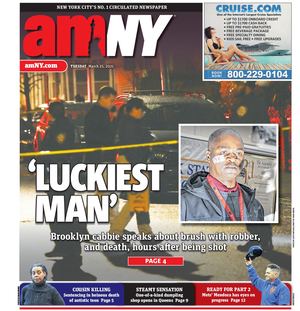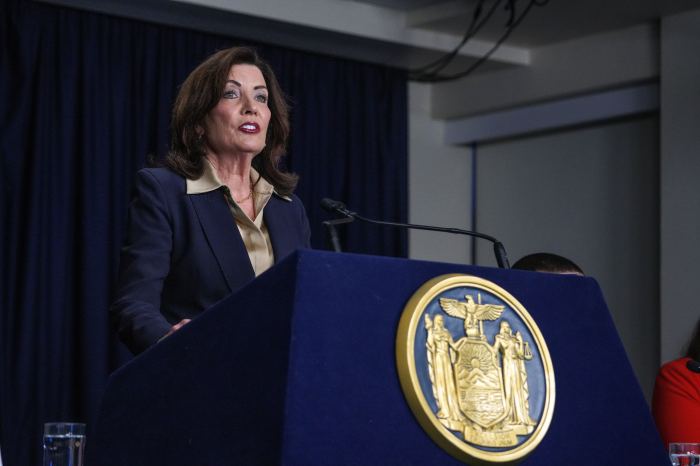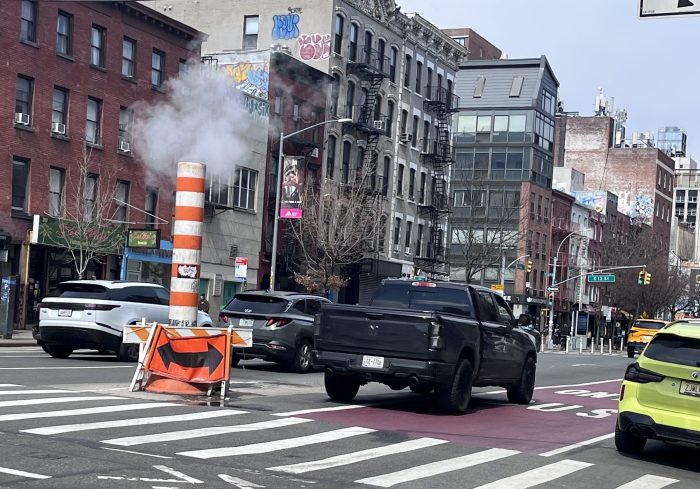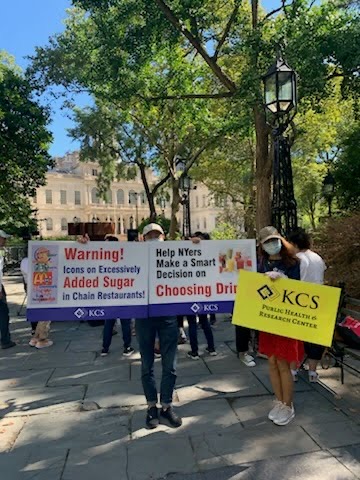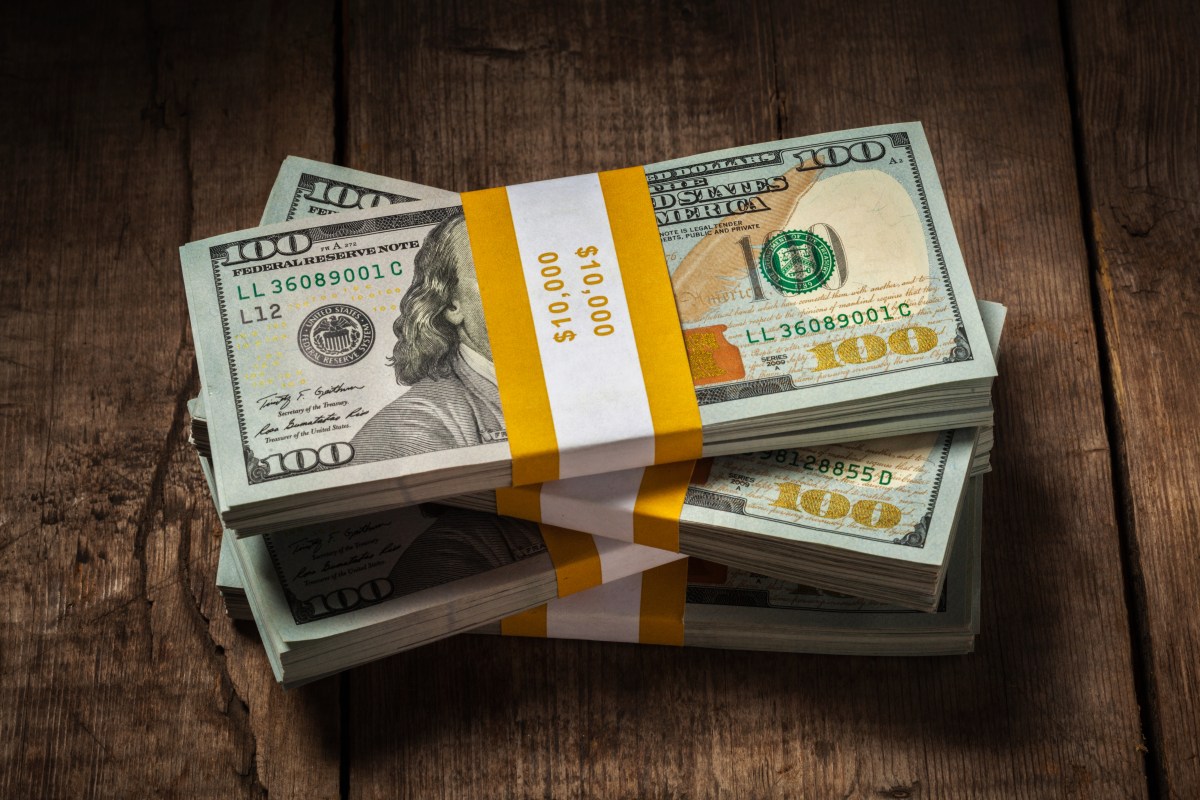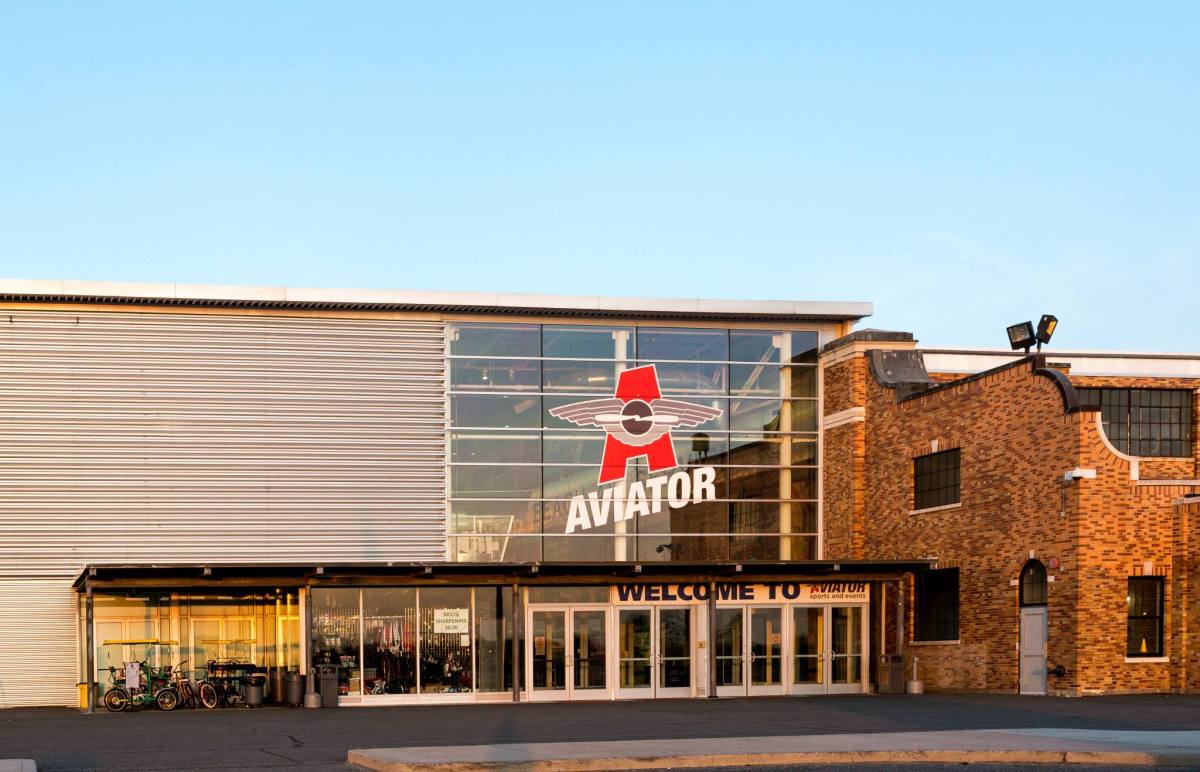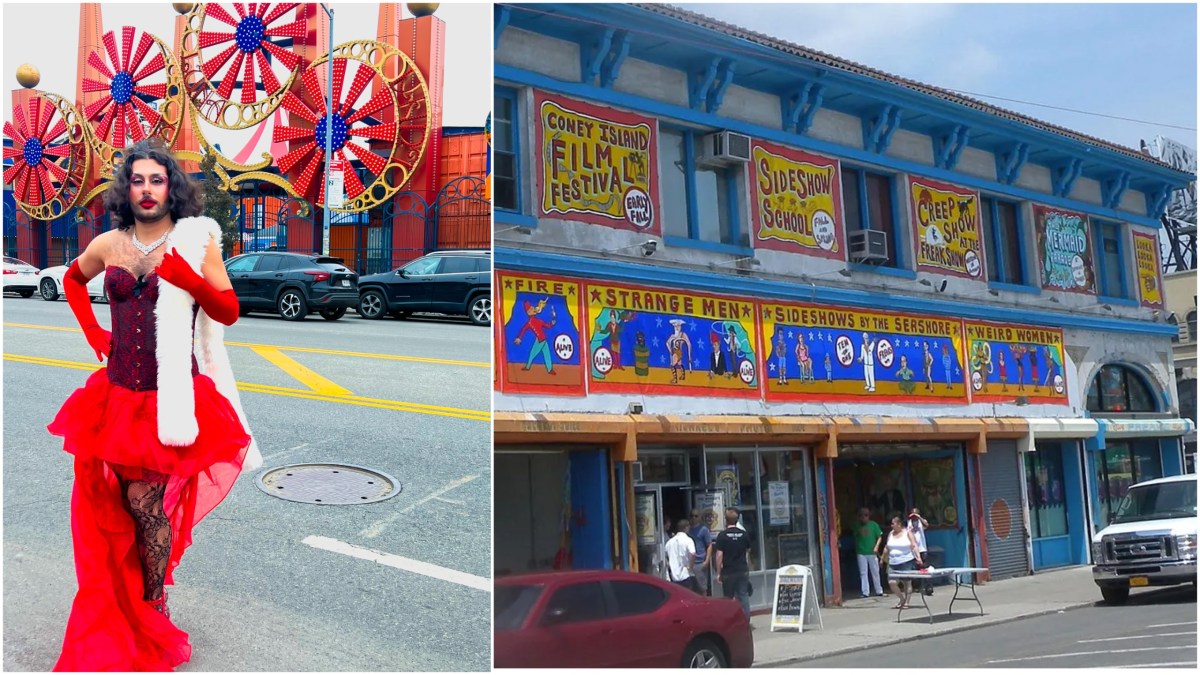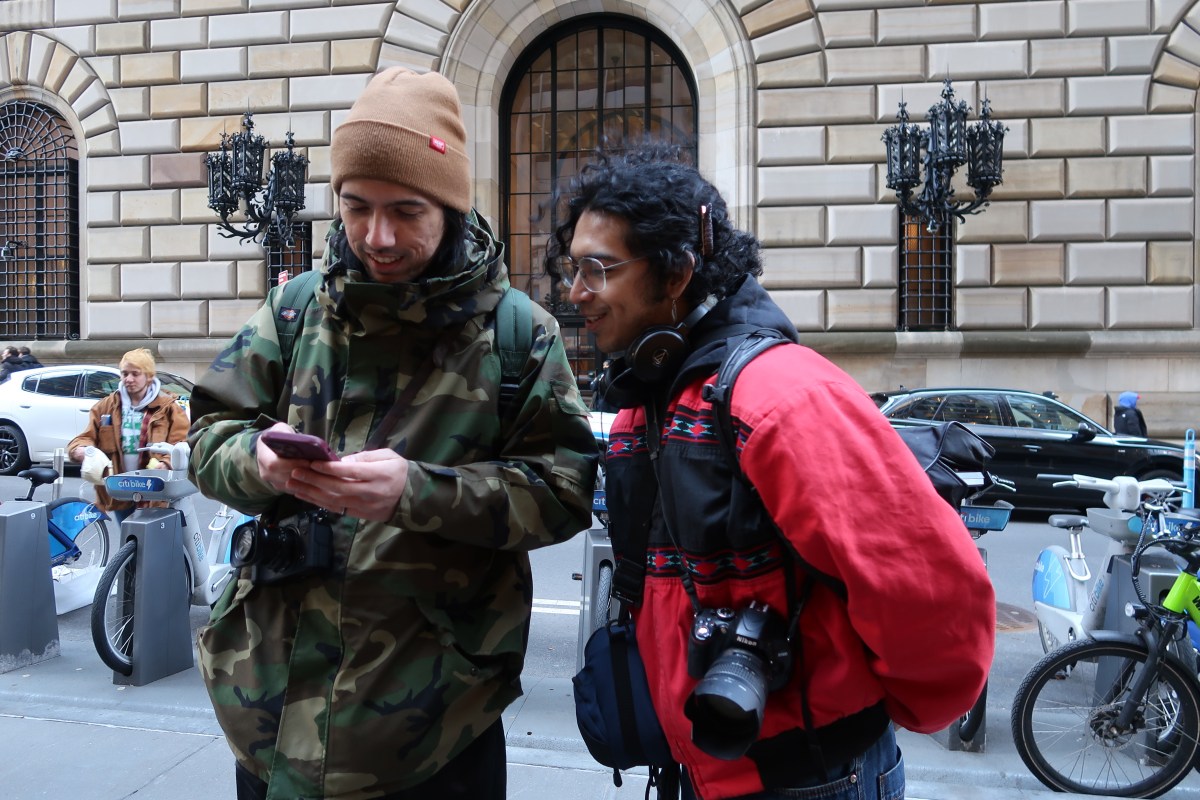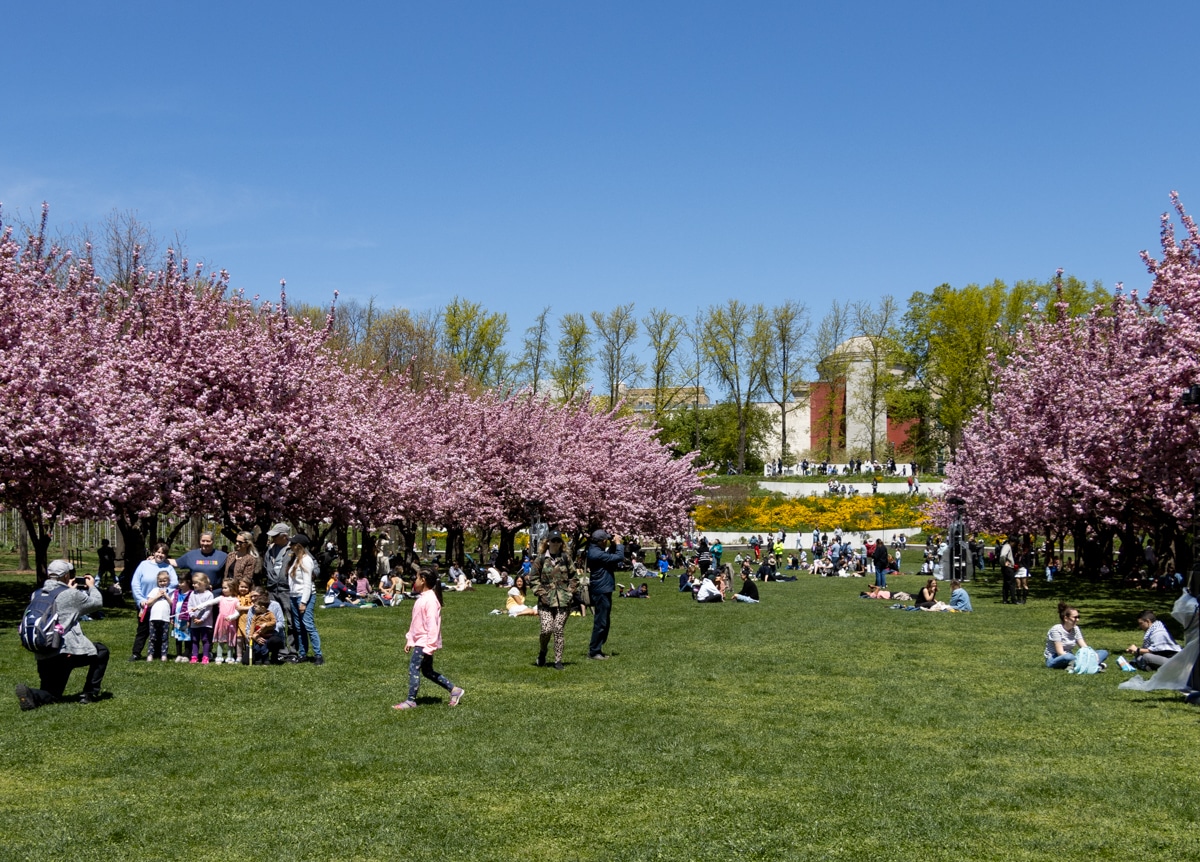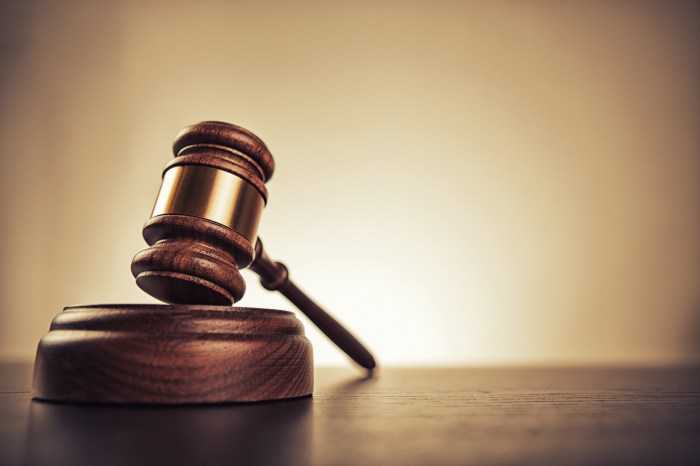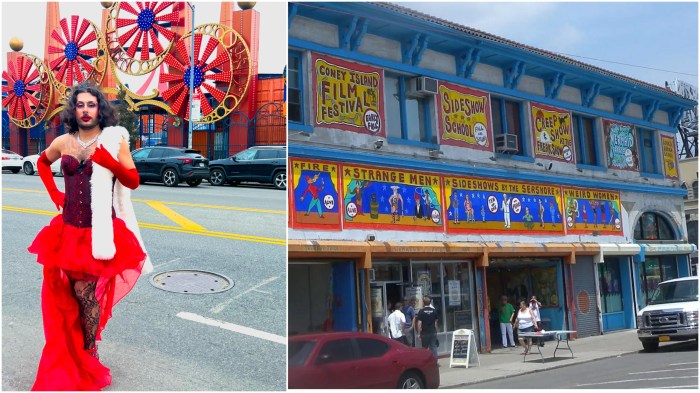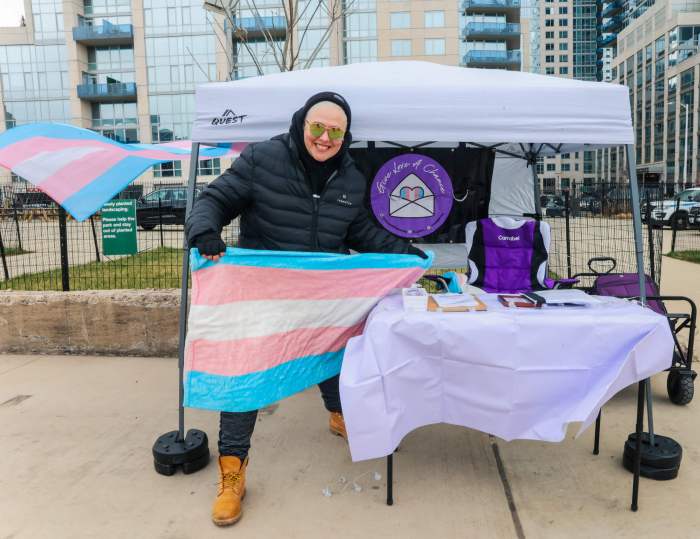
The city Landmarks Preservation Commission will hold a hearing Tuesday on six buildings with ties to the LGBTQ rights movement.
As the city commemorates Pride Month, the commission is considering adding the buildings to its list of historic sites so that any proposed changes to the buildings in the future would need official approval.
Each building holds significance with the LGBTQ community dating to 1958.

Of the city’s 1,415 individual historical landmarks, only one is designated for its significance to the LGBTQ rights movement: the Stonewall Inn.
The site of riots against persistent police raids on the underground gay community in 1969, the Greenwich Village bar is considered the birthplace of the modern LGBTQ rights movement. June 28 will mark the 50th anniversary of the Stonewall uprising, which coincides with this year’s NYC Pride March and World Pride festival.
LPC spokeswoman Zodet Negrón said in May she expects the commission to vote on the buildings before the end of Pride Month.
Learn more below about the six buildings being considered for historical landmark status.
Caffe Cino, 31 Cornelia St., Manhattan
The current home of Drunken Munkey restaurant and bar was once a haven for the city’s gay theater community. Caffe Cino was known for its poetry readings and experimental theater between 1958 and 1968. Theaters like Caffe Cino that depicted "sex degeneracy, or sex perversion," such as homosexuality, could be shut down under a law in effect until 1967, Negrón said. The building, an Italianate-style tenement and storefront, was built by Benjamin Warner in 1877.
Gay Activists Alliance Firehouse, 99 Wooster St., Manhattan
The firehouse-turned-gay community center was the headquarters for the Gay Activists Alliance between 1971 and 1974. The organization was the first to adopt the Greek letter lambda as a symbol of the movement and was known for its sit-ins and other forms of protest. The building was redesigned in 1881 by Napoleon Le Brun and the interior was damaged by arson in 1974.
Women’s Liberation Center, 243 W. 20th St., Manhattan

This former firehouse, an Anglo-Italianate-style building designed in 1866 by Charles E. Hartshorn, was home to the Women’s Liberation Center between 1972 and 1987. The center served as a meeting place for lesbian organizations, feminist groups and women’s political committees.
The LGBT Community Center, 208 W. 13th St., Manhattan
Designed by Ammon Macvey and built in 1869, the Italianate-style public school building has served as the Lesbian, Gay, Bisexual & Transgender Community Center since 1983. The center is known for its successful push in 1986 to ban discrimination based on sexual orientation as well as its various partnerships and programs supporting the LGBTQ community.
Author and activist James Baldwin’s home, 137 W. 71st St., Manhattan
Baldwin, who was gay, bought the Upper West Side home in 1965 and lived there for over 20 years. The former row house was built in 1890 and renovated in 1961 by H. Russell Kenyon. Baldwin often worked on his essays, screenplays and novels in the apartment.
Former state poet laureate Audre Lorde’s home, 207 St. Paul’s Ave., Staten Island
Lorde’s former residence, a Neo-Colonial-style house designed by Otto Loeffler and built in 1898, is the only proposed LGBT historical site outside of Manhattan. The author and activist lived there from 1972 to 1987. In addition to being the state’s poet laureate, Lorde was a professor and theorist at Hunter and John Jay colleges. She also co-founded the publisher Kitchen Table: Women of Color Press and spoke at the National March on Washington for Lesbian and Gay Rights in 1979.
With Matthew Chayes
